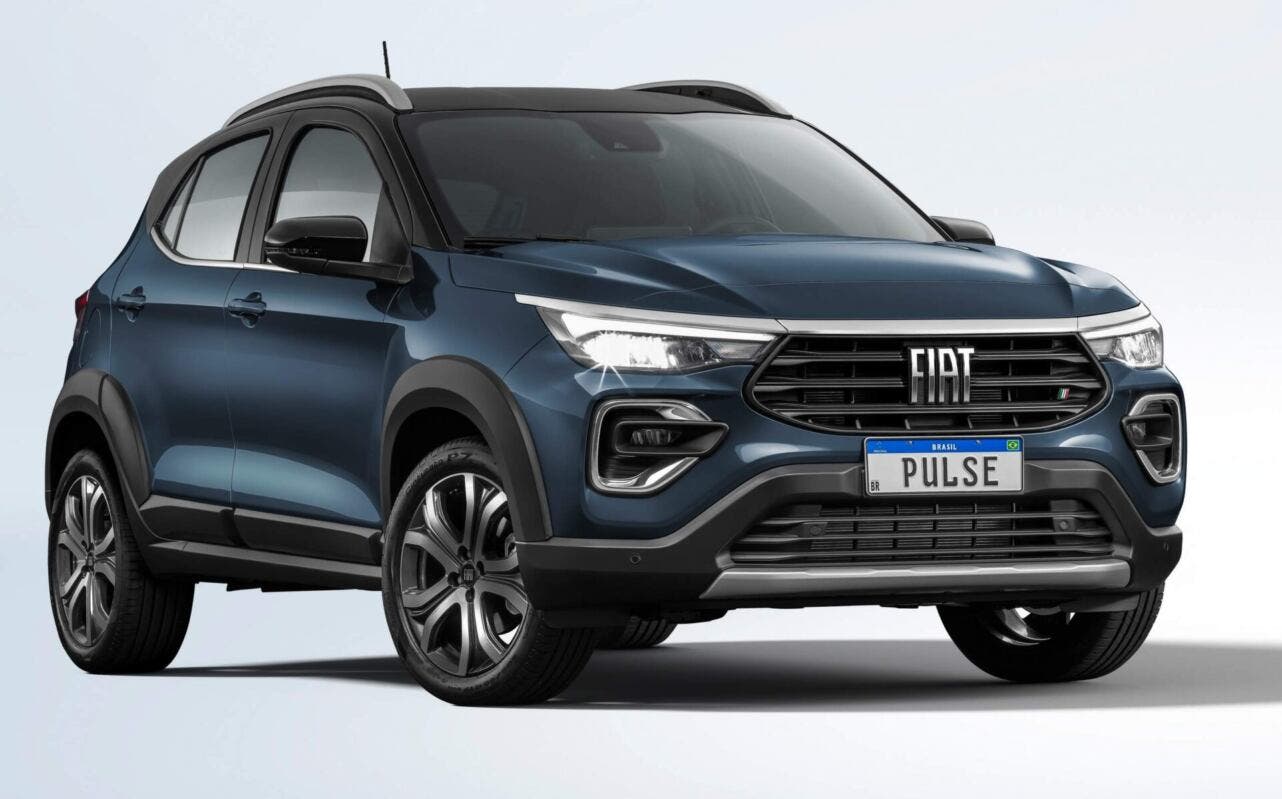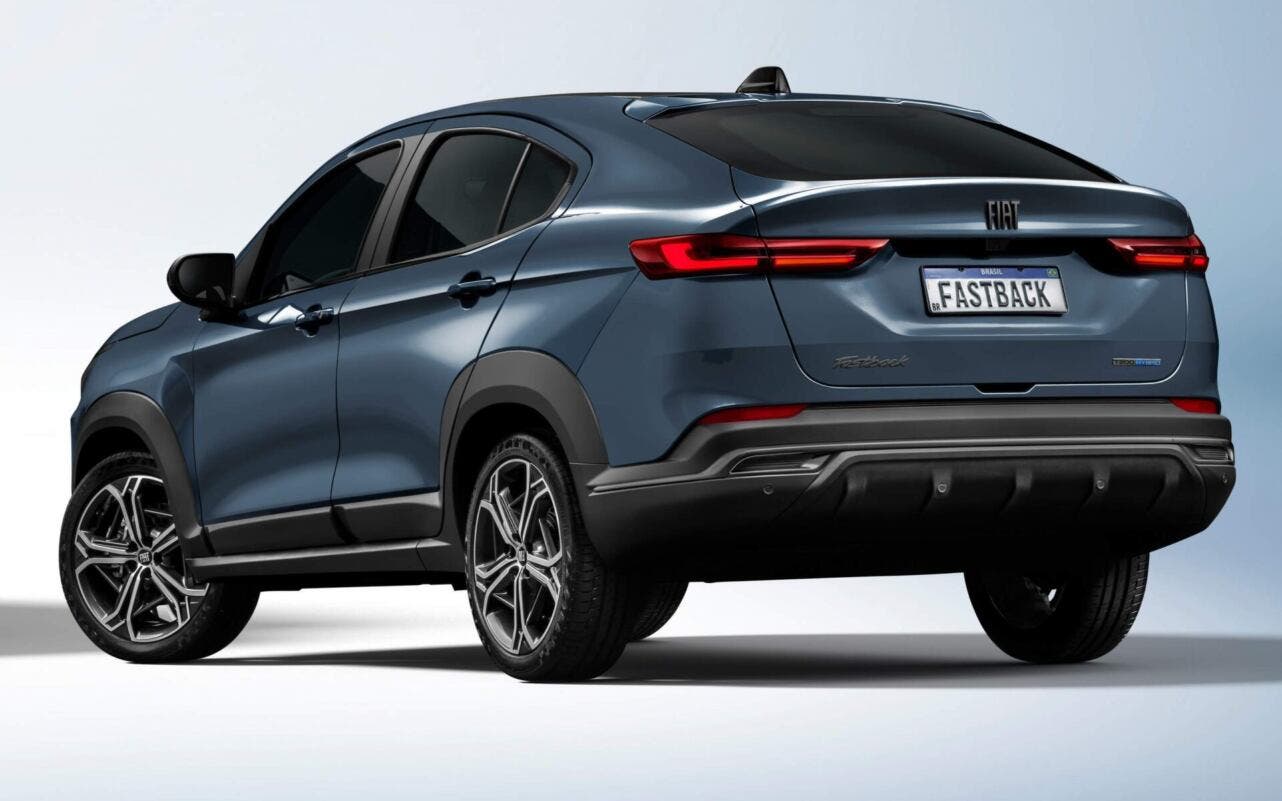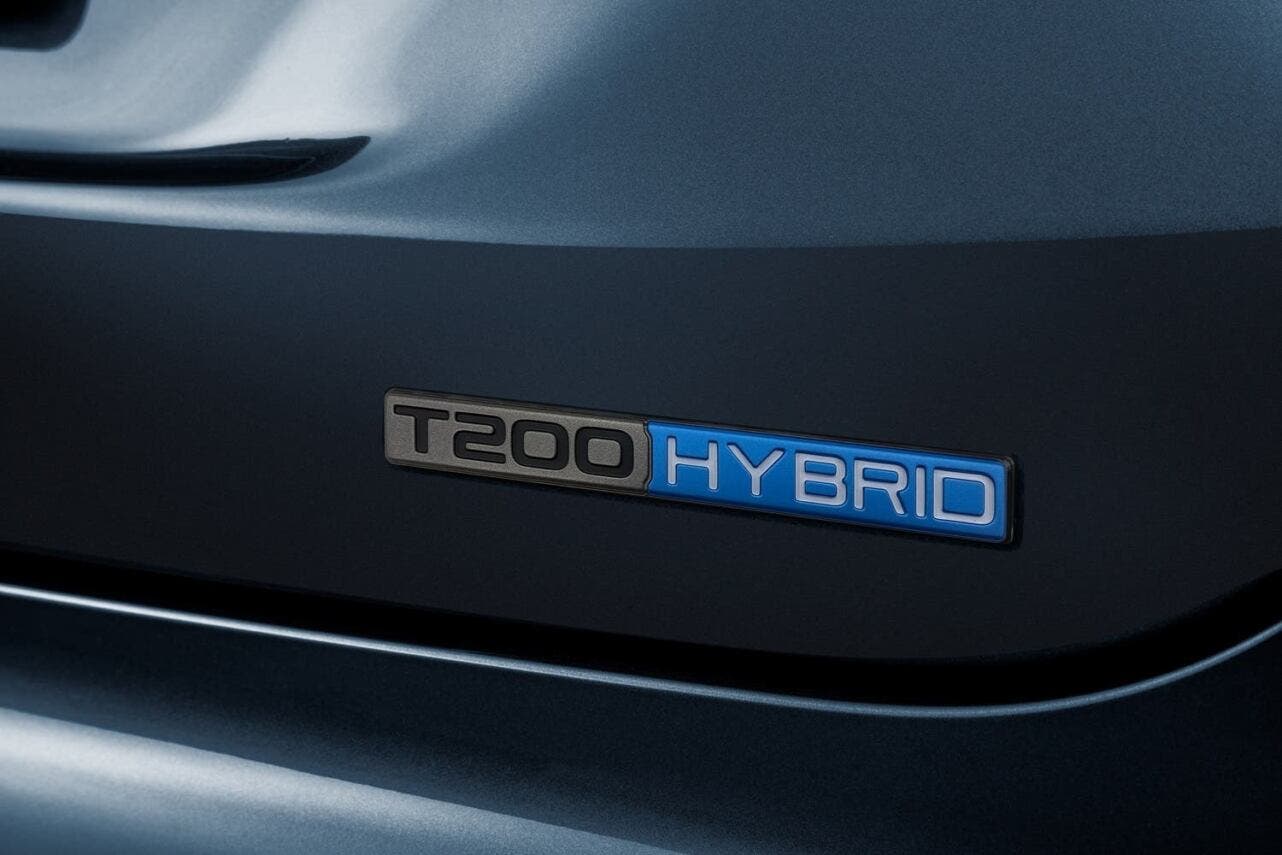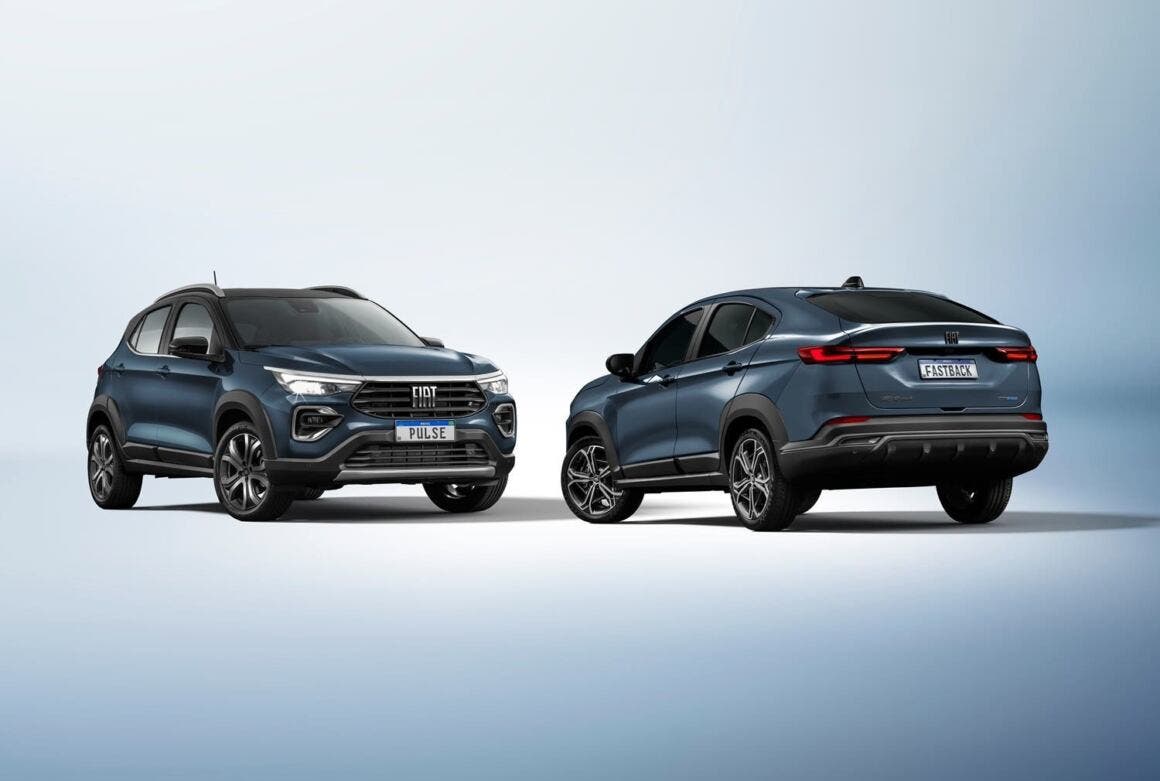After Stellantis announced that its first flex-hybrid designed and produced in Brazil will be from Fiat, it’s time for the Italian brand, which leads the Brazilian market, to reinforce all its heritage of innovation and pioneering spirit.
Fiat has confirmed that Stellantis’ first hybrid cars in Brazil will be the Pulse and Fastback: here are the first images

With the launch scheduled for November, Fiat Fastback and Pulse will debut the new hybrid technology. “Fiat is the brand recognized for revolutionizing and democratizing accessible technologies in Brazil. With our innovative DNA and solid leadership in the national market over the last four years, it’s natural that we also lead a new era of transformation. To achieve this goal, we chose to start in an important segment, with our most desired SUVs, Pulse and Fastback, which will be responsible for driving this revolution,” says Alexandre Aquino, Vice President of the Fiat Brand for South America.
Fiat will use its hybrid system in combination with the T200 engine, the company’s 1.0 turbo flex engine, as evidenced by one of the images released by the brand. In the first announcement made on October 9, Stellantis confirmed here 3 types of electrification: Bio-Hybrid, Bio-Hybrid e-DCT, and Bio-Hybrid Plug-in.

The Bio-Hybrid, the most economical model in the range, will use a BSG (Belt Starter Generator) system, defined by Fiat as a mild hybrid. This system employs a small electric generator, which also functions as an alternator, to charge an auxiliary battery under 1 kWh, available in 12 or 48-volt versions. The BSG offers limited support at low speeds and allows the car to maintain cruising speed on flat or slightly uneven roads, automatically shutting off the combustion engine. The system enables fuel savings between 10% and 20%.

The main objective is to reduce emissions to comply with the Proconve L8 program, which will be gradually implemented in 2025, 2027, and 2029. Results will be evaluated based on the average emissions of all flex vehicles, such as cars and light commercial vehicles, sold by each brand, rather than considering each model individually.

